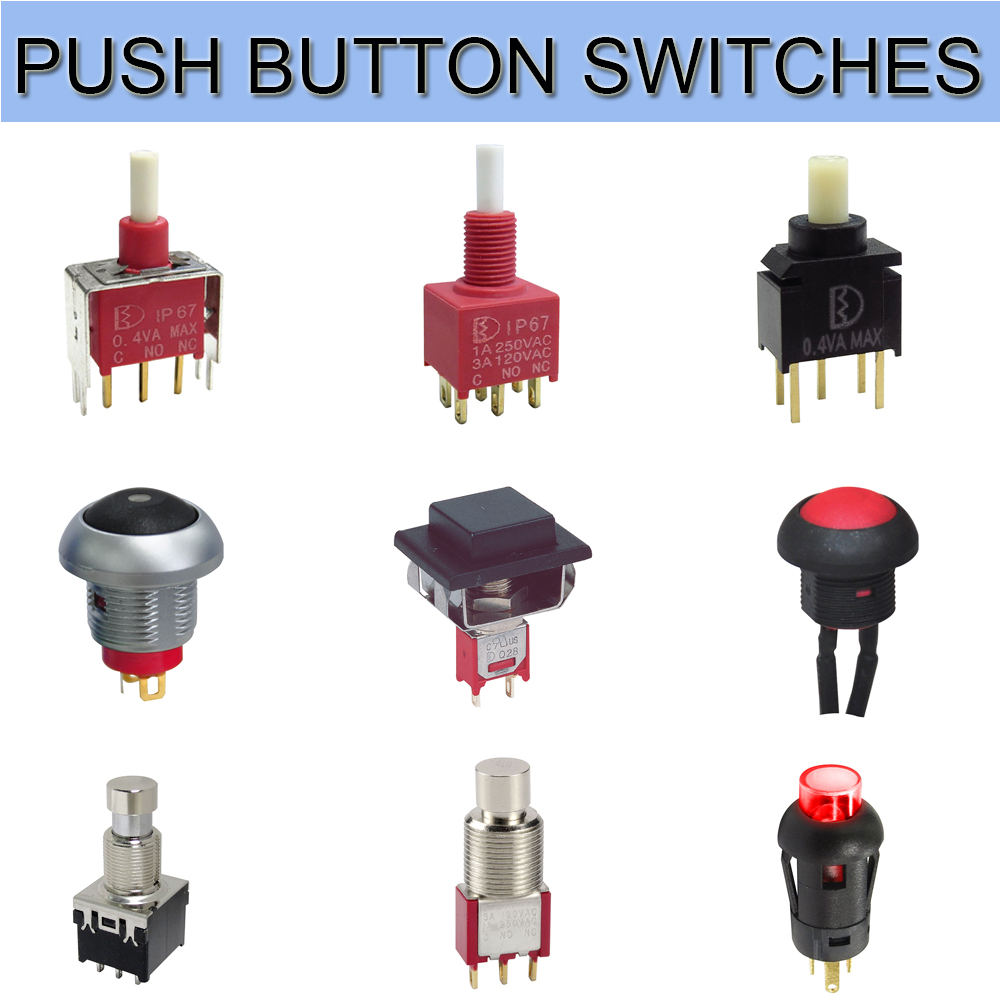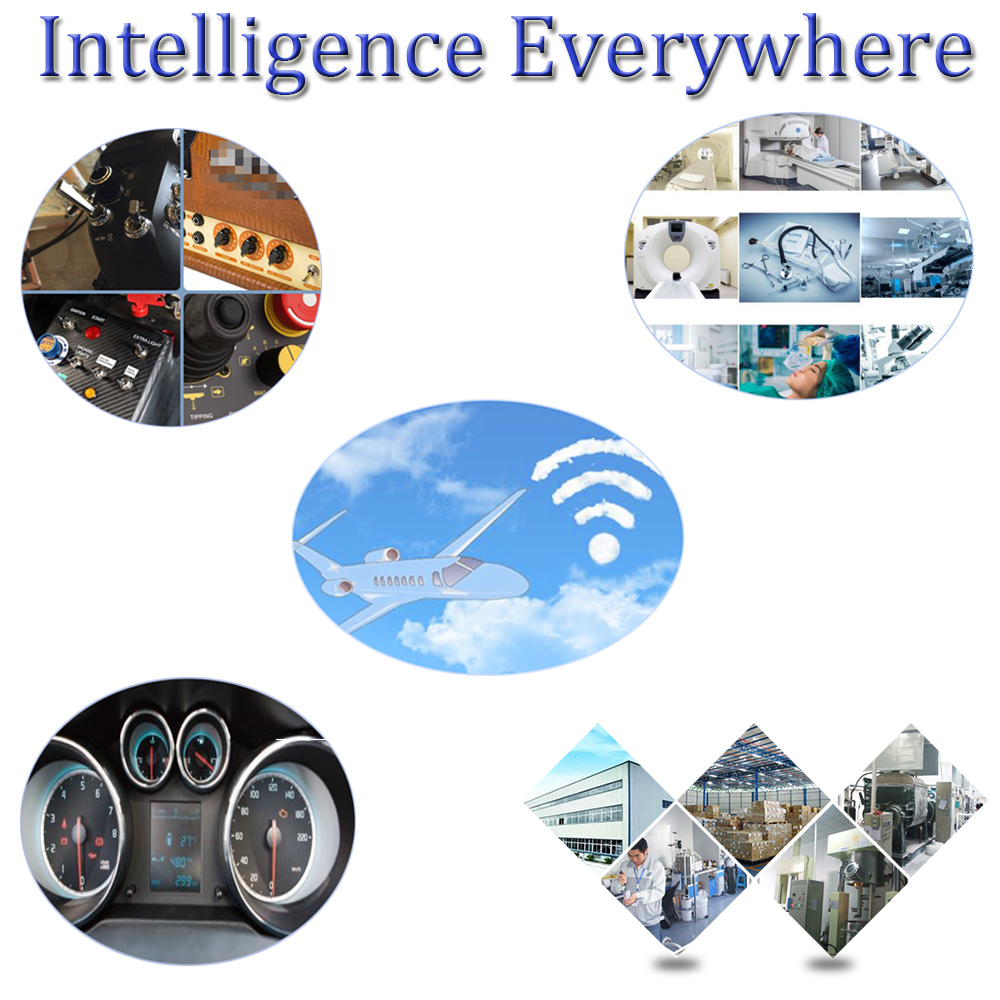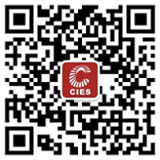Q1: Should the evaluation indicators change? Should the illuminance value, uniformity, color temperature, and color rendering index be the same?
Problem background:
The main content and scope of application of GB50034 standard This standard consists of general rules, terminology, general regulations, lighting quantity and quality, lighting standard value, lighting energy saving, lighting distribution and control, lighting management and supervision, and eight appendices. The lighting standard values, lighting quality and lighting power density of residential, public and industrial buildings are mainly specified.
This standard applies to the lighting design of residential, public and industrial buildings built, rebuilt and expanded.
(Public buildings: libraries, offices, businesses, theaters, hotels, schools, hospitals, museums, transportation, sports, exhibition halls)
Lighting engineering evaluation indicators specified by the original standard:
Number of illumination: illuminance or brightness (horizontal illumination, vertical illumination, cylindrical illumination)
Lighting quality: uniformity, color temperature, color rendering index, glare, light pollution, lighting energy saving: power consumption index or power density lighting safety: electrical safety, protective safety, mechanical safety
Q2: Is it best to use LPD to evaluate lighting energy savings? Is there a better way to save energy?
Problem background:
5.2.2 The standard value of office building lighting shall comply with the provisions of Table 5.2.2.
Room or place | Reference plane and its height | Illumination standard value ( lx ) | UGR | Ra |
Ordinary office | 0.75m horizontal plane | 300 | 19 | 80 |
High-end office | 0.75m horizontal plane | 500 | 19 | 80 |
meeting room | 0.75m horizontal plane | 300 | 19 | 80 |
Reception room, reception | 0.75m horizontal plane | 300 | - | 80 |
business Hall | 0.75m horizontal plane | 300 | twenty two | 80 |
design room | Actual working surface | 500 | 19 | 80 |
Document sorting, copying, distribution room | 0.75m horizontal plane | 300 | - | 80 |
Information, archives room | 0.75m horizontal plane | 200 | - | 80 |
Q3: After the LED enters the room, what requirements should be placed on the LED Light source under the premise of meeting the Ra requirement? Does the discontinuous spectrum of LEDs have an effect on the visual efficacy of a place that is working for a long time (photobiosafety)? How to solve if there is any impact?
Problem background:
Lighting source selection 3.2.1 The selected lighting source should comply with the relevant provisions of the relevant national standards.
3.2.2 When selecting the light source, it should be determined after comprehensive technical and economic analysis and comparison according to the efficiency, life and price of the light source, lamps and ballasts, etc. under the conditions of color rendering, starting time and so on.
3.2.3 Lighting design The light source can be selected according to the following conditions:
1 For low-rise rooms, such as offices, classrooms, conference rooms, instruments, electronics, and other production workshops, thin-tube straight tubular fluorescent lamps should be used;
2 The store's business hall should use a small diameter straight tubular fluorescent lamp, a compact fluorescent lamp or a low-power metal halide lamp;
3 High-rise industrial plants shall be metal halide lamps or high-pressure sodium lamps or high-power small-diameter fluorescent lamps in accordance with production and use requirements;
4 Fluorescent high pressure mercury lamps should not be used in general lighting places, and self-ballasted fluorescent high pressure mercury lamps should not be used;
5 Under normal circumstances, indoor and outdoor lighting should not use ordinary lighting incandescent lamps; in special cases, the rated power should not exceed 100W.
Light source selection:
1. Thin tube diameter (≤26mm) three-color straight tube T8 or T5 fluorescent lamp for rooms with height less than 4~4.5m, such as office, classroom, conference room, hospital and instrument, electronic workshop, etc. 2. Store business It is advisable to use a small-diameter straight tubular fluorescent lamp, a compact fluorescent lamp or a low-power metal halide lamp. 3. A higher industrial plant should use a metal halide lamp or a high-pressure sodium lamp, or a high-power thin-tube fluorescent lamp. It is not advisable to use fluorescent high-pressure mercury lamps. Self-ballasted fluorescent high-pressure mercury lamps should not be used. 5. Under normal circumstances, incandescent lamps should not be used. In special cases, applications of incandescent lamps with a temperature below 100W can be used to expand the application of light-emitting diodes.
Q4: Is the incandescent lamp in the new standard to be reflected? How is the efficiency of the luminaire reflected?
Problem background:
3.2.4 Incandescent lamps can be used in the following workplaces:
1 where instantaneous starting and continuous dimming are required, when other light source technologies are used economically unreasonable;
2 places where strict electromagnetic interference prevention is required;
3 places where the switch lights are frequent;
4 places where illumination requirements are not high and lighting time is short;
5 Places with special requirements for decoration.
3.3.2 Under the conditions of meeting glare limitation and light distribution requirements, high-efficiency lamps should be selected and should meet the following requirements:
1 The efficiency of fluorescent lamps shall not be lower than that specified in Table 3.3.2-1.
Table 3.3.2-1 Efficiency of Fluorescent Lamps
Lamp light outlet form | Open type | Protective cover (glass or plastic) | Grille | |
Transparent | Scrub, prism | |||
Lamp efficiency | 75% | Source: China Lighting Network Label: architectural lighting color temperature color rendering index illumination Previous:Pre-meeting notice - the ninth phase of indoor LED lighting system development advanced training course Next:Energy-saving effect of LED lighting is obvious LED will bring new market to PCB industry related news MORE >> China Lighting Network official online QQ consultation: AM 9:00-PM 6:00 Advertising / corporate promotion consulting: Events / Exhibition / Project Cooperation Consulting: News / Paper Submission / Corporate Interview: Media cooperation / promotion / friendship link:
| ||
The Push Button Switches, also known as the control button (referred to as the button), is a low-voltage electrical appliance that is manually and generally can be automatically reset. The Push Button Starter Switch is usually used to issue a start or stop command in the circuit to control the turning on and off of electrical coil currents such as electromagnetic starters, connectors, and relays.
The On Off Push Button Switches refers to a switch that pushes the transmission mechanism with a button to make the movable contact and the static contact open or close and realize circuit switching. It is a master control device with a simple structure and a wide range of applications. In the electrical automatic control circuit, used to manually send control signals to control connectors, relays, electromagnetic starters, etc.

This Pushbutton Switches is a kind of electric device that is used to switch on and off the small current circuit when the action is released. Generally used in AC and DC voltage below 440V, the current is less than 5A in the control circuit, generally do not directly manipulate the main circuit can also be used in the interconnection circuit. In actual use, in order to prevent desperation, different marks are usually made on the buttons or painted with different colors, and the colors are red, yellow, blue, white, black, green, and the like.

The Momentary Push Button Switch could be divided into Metal Push Button Switches and LED Light Switches and ordinary snap button type, mushroom head type, self-locking type, self-resetting type, rotary handle type, with indicator light type, lighted symbol type and key type, etc., with single button and double Buttons. Generally, it adopts a water-storage structure, which consists of a button cap, a return spring, a static contact, a moving contact and a casing. It is usually made into a composite type, and has a pair of normally closed contacts and normally open contacts, and some products can pass. The series connection of multiple elements increases the number of contact pairs. There is also a self-contained button that automatically holds the closed position when pressed, and can be turned on only after the power is turned off.
When the Metal Switches is not pressed, the movable contact is connected with the upper stationary contact. The pair of contacts is called a normally closed contact. At this point, the movable contact is disconnected from the following static contact. The pair of contacts is called a normally open contact: the button is pressed, the normally closed contact is open, the normally open contact is closed, and the button is released. Restore the original working state under the action of the return spring
Push Button Switches
Push Button Switches,On Off Push Button Switches,Momentary Push Button Switch,Pushbutton Switches,Mini Push Button Switches
YESWITCH ELECTRONICS CO., LTD. , http://www.yeswitches.com




 China Lighting Network User Exchange Group: 2223934, 7921477, 9640496, 11647415
China Lighting Network User Exchange Group: 2223934, 7921477, 9640496, 11647415
You can only comment after logging in, please click here to comment
Online evaluation